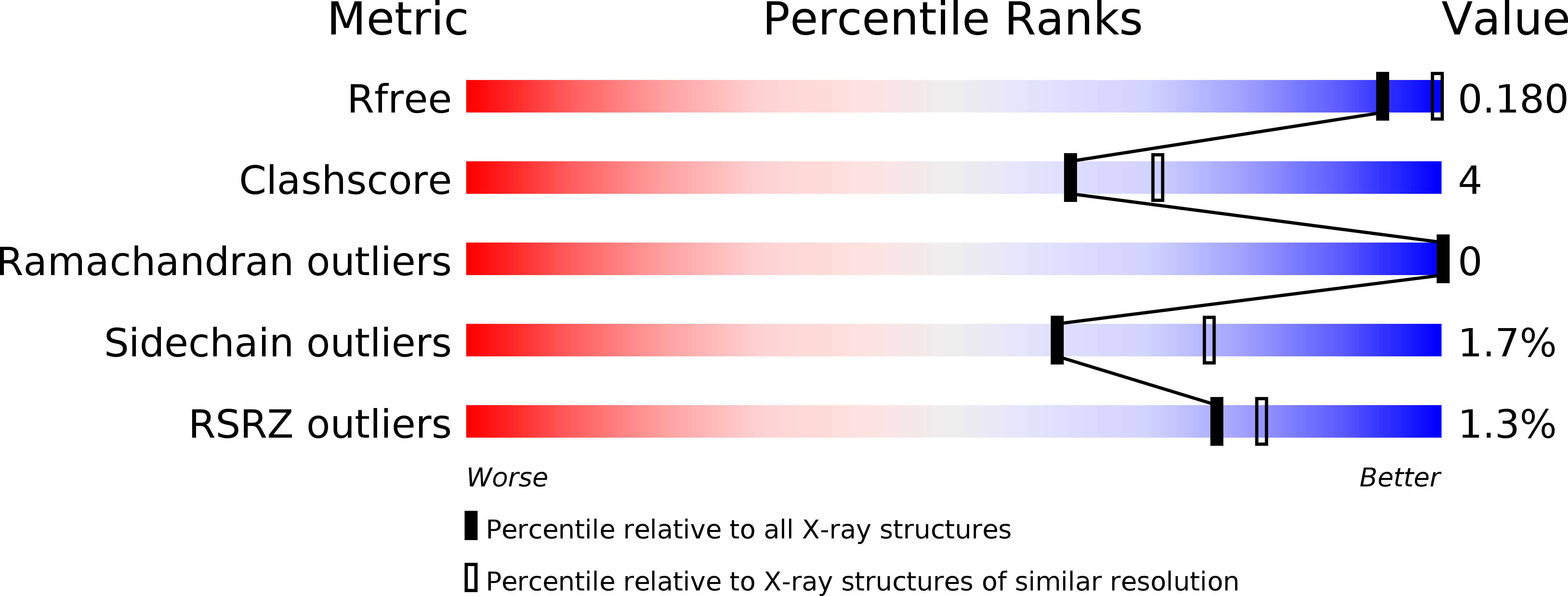
Deposition Date
2007-10-09
Release Date
2008-11-04
Last Version Date
2023-12-13
Entry Detail
PDB ID:
2VDH
Keywords:
Title:
Crystal structure of Chlamydomonas reinhardtii Rubisco with a large- subunit C172S mutation
Biological Source:
Source Organism:
CHLAMYDOMONAS REINHARDTII (Taxon ID: 3055)
Host Organism:
Method Details:
Experimental Method:
Resolution:
2.30 Å
R-Value Free:
0.20
R-Value Work:
0.17
R-Value Observed:
0.17
Space Group:
P 1 21 1


